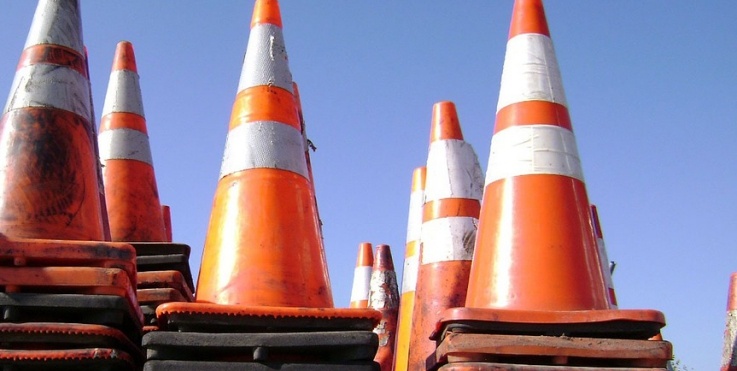
Are you doing everything you can to prevent falls at your facility? You’ve implemented physical changes such as handrails, non-skid floors, and lower bed heights. You’ve educated your nurses about fall prevention strategies. You properly document incidents in your EHR.
These are important fundamentals, but there’s more you can do to help protect your residents and your staff from falls. You can prevent more incidents if the right processes are in place. The following warning signs indicate your fall prevention strategy isn’t as robust as it should be.
1) You Don’t Know Who Your High-risk Patients Are
Many factors contribute to falls, and there is no one-size-fits-all approach that will benefit all residents, all the time. But knowing the research-proven risk factors for falls can help you identify which patients are at highest risk so you can modify their environment and their care to help avoid potential incidents.
In general, residents more prone to falls are those who:
- Have muscle weakness, balance issues, and/or problems walking
- Are new to your facility (before they have adapted to their new surroundings)
- Have sensory deficits such as cataracts or macular degeneration
- Are taking medications such as diuretics, sedatives, or psychiatric and blood pressure medications
- Recently started taking new medications
- Are on multiple medications of any kind
- Have neurological disorders or cognitive impairments
- Have a history of falling
These are just some of the risk factors, and they likely apply to many of your residents. It’s easy to become overwhelmed by the number of variables and residents affected. Instead of attempting to track them manually, implement an incident management system that’s specifically designed to identify your high-risk residents in the LTC setting. Then, you can tailor the care you provide to these residents based on their unique needs and health history.
2) You Don’t Have Your Entire Team on Board
It’s not just the nurses who need to be thinking of fall prevention. Everyone from the housekeepers to administrators needs to know how to help prevent falls. Educate your staff and volunteers on what they can do as individuals to make your facility safe and comfortable for residents.
You may wish to implement fall prevention training and education on factors such as:
- Keeping any objects, clutter, or equipment out of the halls or off the floor
- Keeping furniture accessible but out of the way
- Using lighting that’s adequate but not glaring
- Being aware of locations where residents have fallen in the past
- Placing higher risk residents in rooms closer to nursing stations when possible
Don’t forget about educating residents and family members too. Residents should know when to ask for help and what walking aids they should use. Talk with family members about reinforcing these safety precautions with their loved one. Encourage them to ask questions when needed. Open communication between all parties is a critical part of keeping residents safe.
3) Your Incident Reporting Process Is Tedious or Difficult for Staff to Use
When an adverse event occurs, you want to learn from it, not repeat it. But if your staff can't quickly and easily report the crucial details about the incident, you could end up with missing pieces and a similar incident again.
When a fall occurs, your staff should record the information in a risk management system. Ideally, you should use an automated system that works seamlessly with your EHR to record all the vital information about the following:
- The resident’s risk factors
- Staff training needs
- Environmental hazards that may have contributed
- Shift involvement
- Anything else that's pertinent
Effective Fall Prevention Is Possible
Fall prevention in long term care requires a multidisciplinary approach that includes identification, communication, education, and thorough documentation. With these components in place, you can maximize safety and minimize the devastating effects of falls on your residents and your facility.
Next Steps
- Follow us on LinkedIn
- Get more great content — subscribe to our blog
- See QA Reader in action — request a live demo

